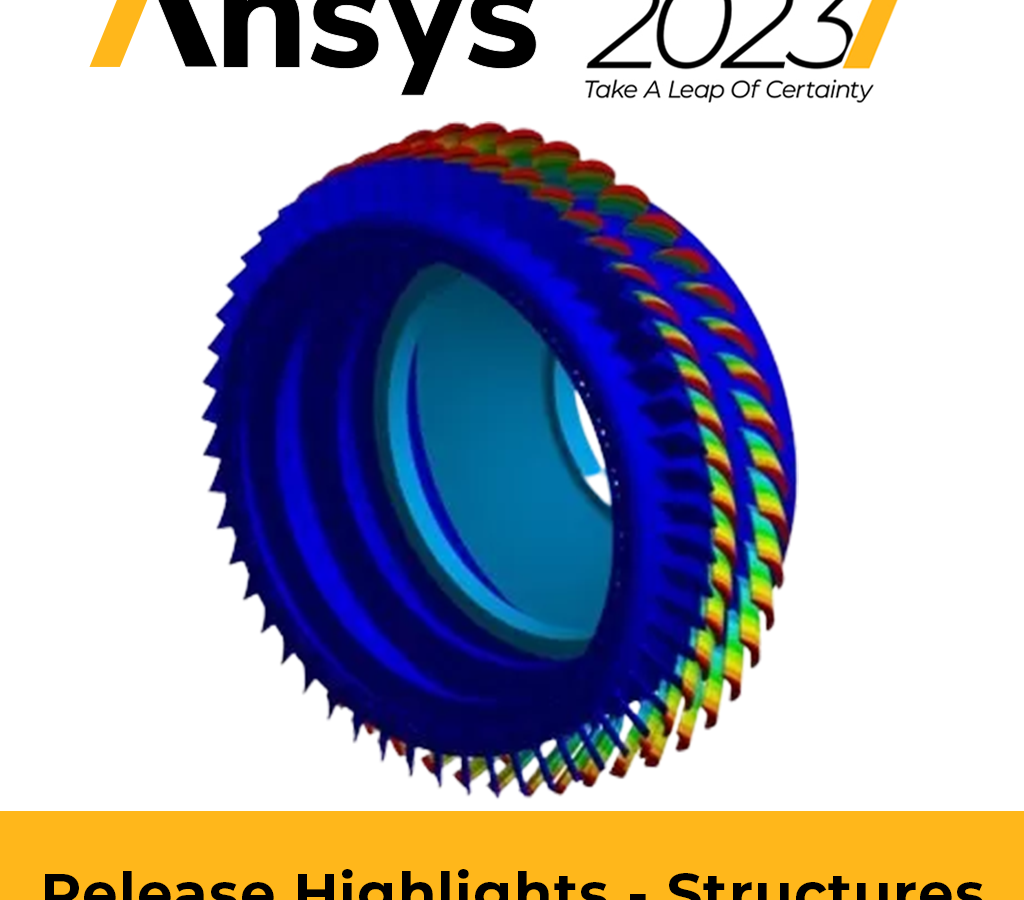Recently LEAP ran a series of Ansys 2023 update seminars covering the latest updates in Ansys Structures and Ansys Fluids, accompanied by lunch and networking amongst our local Ansys community.
If you were unable to make it to the live events, we’ve got the next best thing for you: a live recording of our Melbourne event, presented by Dr. Luke Mosse. Luke is a Senior Application Engineer at LEAP Australia, and in the following videos he presents the highlights from the Ansys 2023 Structures & Explicit Dynamics R1 and R2 releases:
Introduction
- Top Highlights: New learning & support tab, License activation from within Mechanical, Read result files by reference and more.
- Mechanical: ADPL naming enhancements, Model tree filtering improvements.
- Meshing: Meshing improvements for explicit physics, Defeaturing improvements with map mesh controls, Weld meshing improvements and more including demonstration of the new Automatic (PrimeMesh) feature.
Post-processing & Graphics
This section includes: Contour edge line weight control, New envelope calculation mode in Solution Combination, Preference option for Min/Max probes, Support for elemental mean display, Element face reaction probe and more.
Contact
This section includes: Double sided target surface, Performance improvement for MPC contact, Contact splitting logic for efficient DMP performance, Cylindrical contact smoothing, Overconstraint detection and elimination, Spotweld generation improvements and more.
Dynamics & Acoustics
This section includes: Harmonic balance analysis, PCG solver enhancements, Hyperelastic materials support in harmonic superposition analysis, Multistep prestressed harmonic support.
Structural Optimisation
This section includes: Geometry criterion enhancements, Global-stress and local-stress control improvements, topography optimisation enhancements (including live demonstration), ACP and composite workflows improvements and planned retirement of ACP post.
LS-Dyna
LS-Dyna exposure in Mechanical:
- Bolt tools add-on
- Support for additional load objects
- Associate load objects to multiple cases
- Case specific custom and probe results
- Distributed multi-case solving infrasctructure
- Incompressible SPH
- Contact properties improvements
- Rigid property improvements
- Binout tracker
- Implicit controls
We trust you found this presentation informative. Check out this article on our CFD blog if you are interested in a deep dive into the Ansys 2023 fluids enhancements or if you would like assistance to upgrade to Ansys 2023, click here to contact our technical team who will be happy to help.



